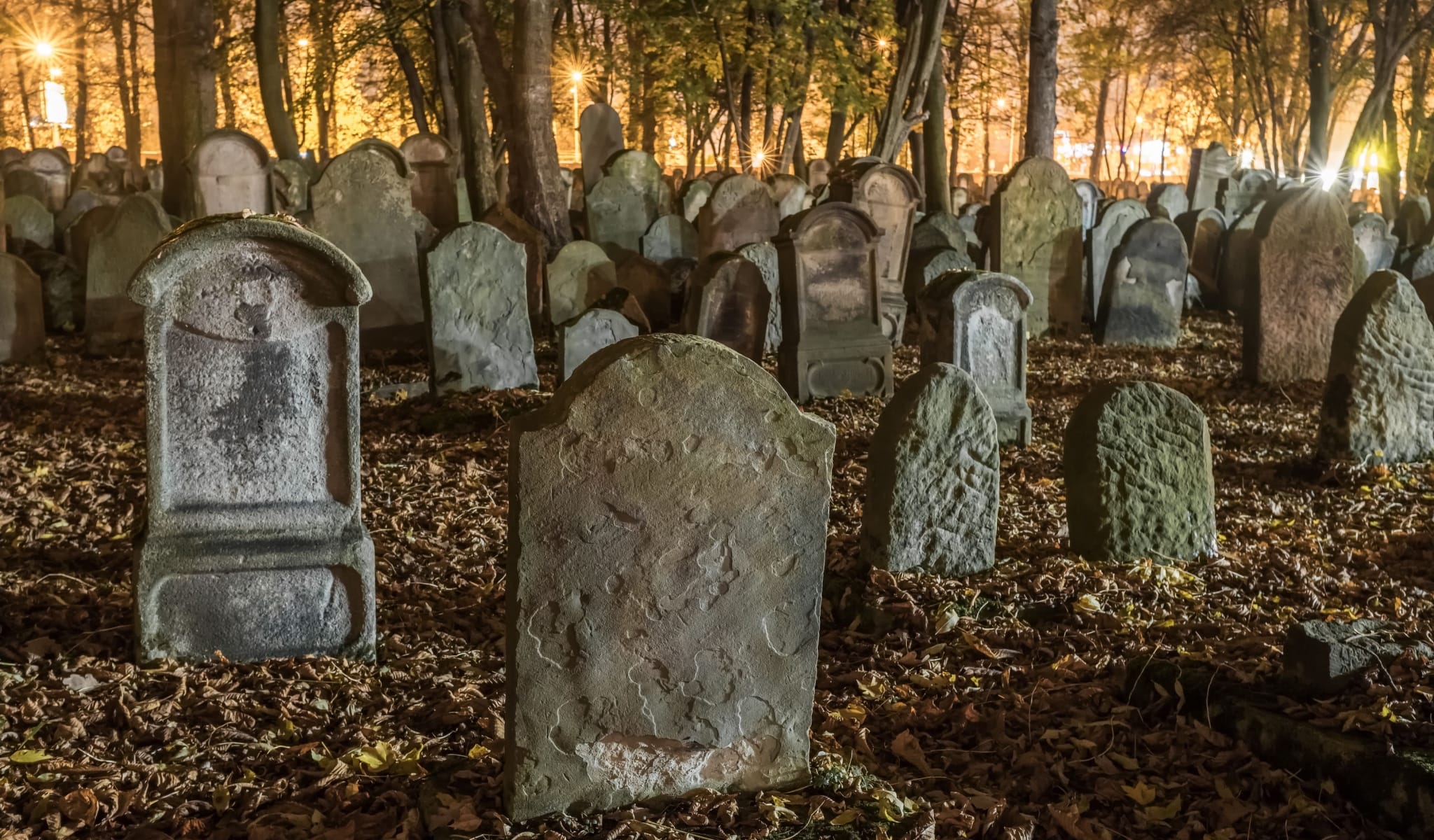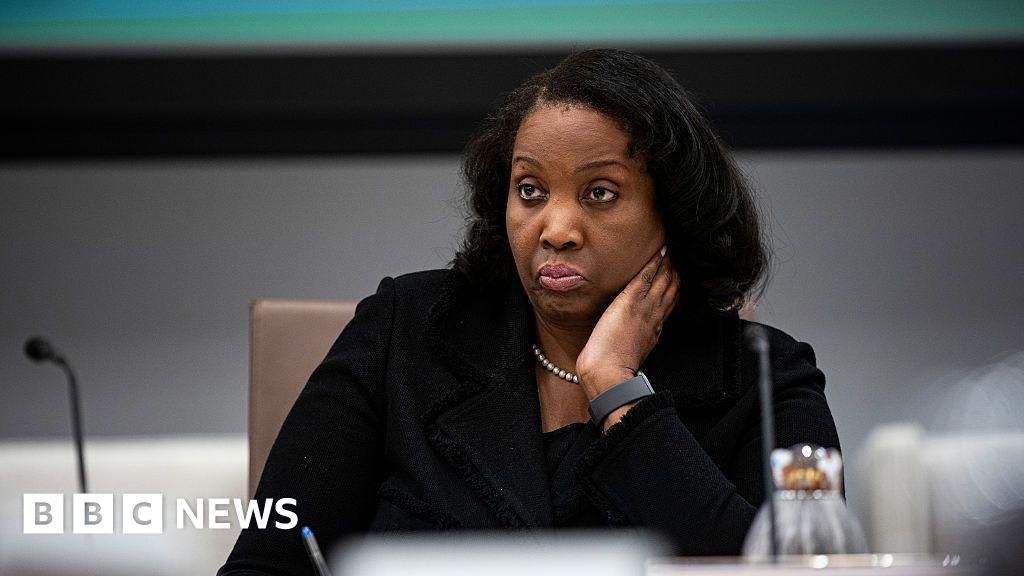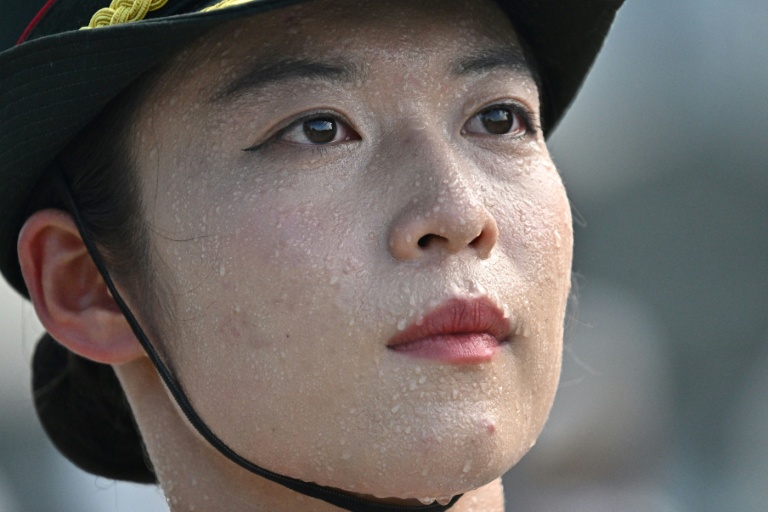Canada is Killing Itself. Euthanasia: “There is no standard here; it’s just kind of up to you.”

Alex Schadenberg
Executive Director, Euthanasia Prevention Coalition
Elaina Plott Calabro wrote an exposé on Canada’s euthanasia law that was published in the September edition of the Atlantic titled – Canada is Killing Itself. The article is too long to comment on in one article, so I have written a series of articles covering the important points.
Calabro explains out how fast euthanasia has been normalized:
It is too soon to call euthanasia a lifestyle option in Canada, but from the outset it has proved a case study in momentum. MAID began as a practice limited to gravely ill patients who were already at the end of life. The law was then expanded to include people who were suffering from serious medical conditions but not facing imminent death. In two years, MAID will be made available to those suffering only from mental illness. Parliament has also recommended granting access to minors.
There are many problems with the implementation of Canada’s euthanasia law. Calabro writes:
There have been unintended consequences: Some Canadians who cannot afford to manage their illness have sought doctors to end their life. In certain situations, clinicians have faced impossible ethical dilemmas. At the same time, medical professionals who decided early on to reorient their career toward assisted death no longer feel compelled to tiptoe around the full, energetic extent of their devotion to MAID. Some clinicians in Canada have euthanized hundreds of patients.
Calabro explains how Canada’s euthanasia law is vague and undefined.
The law, in other words, was premised on the concept of patient autonomy, but within narrow boundaries. Rather than force someone with, say, late-stage cancer to suffer to the very end, MAID would allow patients to depart on their own terms: to experience a “dignified death,” as proponents called it. That the threshold of eligibility for MAID would be high—and stringent—was presented to the public as self-evident, although the criteria themselves were vague when you looked closely. For instance, what constituted “reasonably foreseeable”? Two months? Two years? Canada’s Department of Justice suggested only “a period of time that is not too remote.”
 |
| Madeline Li |
Calabro interviews Madeline Li, an early euthanasia pioneer who had developed the euthanasia program at the University Health Network in Toronto in 2017. In 2018 Li started questioning the euthanasia program.
It was not long into her practice, however, that Li’s confidence in the direction of her country’s MAID program began to falter. For all of her expertise, not even Li was sure what to do about a patient in his 30s whom she encountered in 2018.
The man had gone to the emergency room complaining of excruciating pain and was eventually diagnosed with cancer. The prognosis was good, a surgeon assured him, with a 65 percent chance of a cure. But the man said he didn’t want treatment; he wanted MAID. Startled, the surgeon referred him to a medical oncologist to discuss chemo; perhaps the man just didn’t want surgery. The patient proceeded to tell the medical oncologist that he didn’t want treatment of any kind; he wanted MAID. He said the same thing to a radiation oncologist, a palliative-care physician, and a psychiatrist, before finally complaining to the patient-relations department that the hospital was barring his access to MAID. Li arranged to meet with him.
Li explained that the prevailing view was that:
A medical condition was incurable if it could not be cured by means acceptable to the patient.
In other words, the law was completely subjective. Someone who has a treatable condition can be killed by euthanasia. Li told Calabro that she agreed with this. Calabro continues:
This had made sense to Li. If an elderly woman with chronic myelogenous leukemia had no wish to endure a highly toxic course of chemo and radiation, why should she be compelled to? But here was a young man with a likely curable cancer who nevertheless was adamant about dying.
What was Li left with? According to prevailing standards, the man’s refusal to attempt treatment rendered his disease incurable and his natural death was reasonably foreseeable. He met the eligibility criteria as Li understood them. But the whole thing seemed wrong to her. Seeking advice, she described the basics of the case in a private email group for MAID practitioners under the heading “Eligible, but Reasonable?” “And what was very clear to me from the replies I got,” Li told me, “is that many people have no ethical or clinical qualms about this—that it’s all about a patient’s autonomy, and if a patient wants this, it’s not up to us to judge. We should provide.”
Li killed her patient but she regretted it:
And so she did. She regretted her decision almost as soon as the man’s heart stopped beating. “What I’ve learned since is: Eligible doesn’t mean you should provide MAID,” Li told me. “You can be eligible because the law is so full of holes, but that doesn’t mean it clinically makes sense.” Li no longer interprets “incurable” as at the sole discretion of the patient. The problem, she feels, is that the law permits such a wide spectrum of interpretations to begin with. Many decisions about life and death turn on the personal values of practitioners and patients rather than on any objective medical criteria.
Calabro explains that by 2020 Li had already participated in hundreds of euthanasia deaths.
Li then explains that the concept of a “completed life” is controversial in Europe but a reality in Canada. Calabro writes:
Li explained. “There’s no standard here; it’s just kind of up to you.” The concept of a “completed life, or being tired of life,” as sufficient for MAID is “controversial in Europe and theoretically not legal in Canada,” Li said. “But the truth is, it is legal in Canada. It always has been, and it’s happening in these frailty cases.”
Madeline Li explains why Canada’s vague euthanasia law has become the most permissive killing law in the world. Even the controversial concept of a “completed life” is permitted in Canada based on lack of definition in the law.














